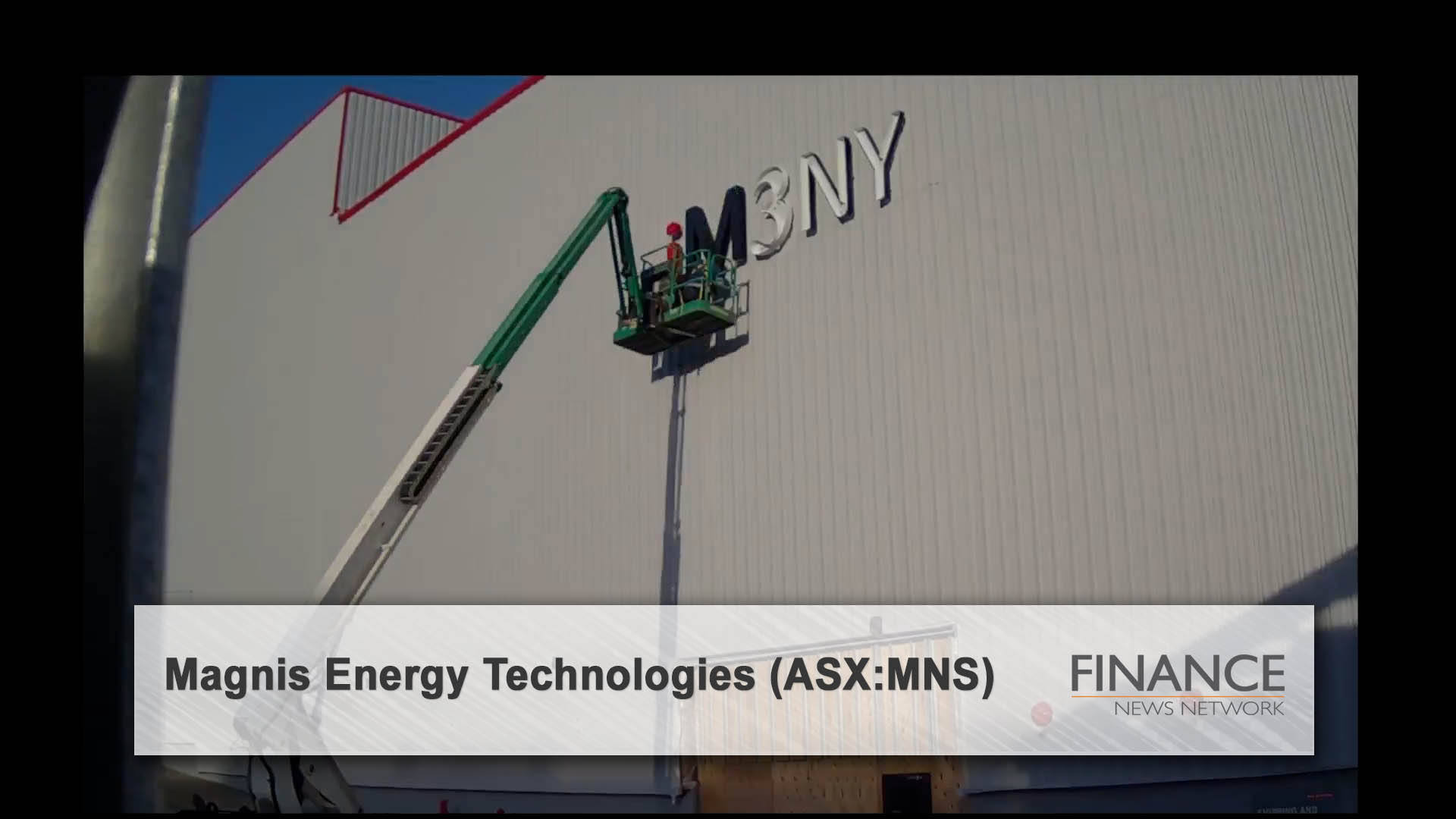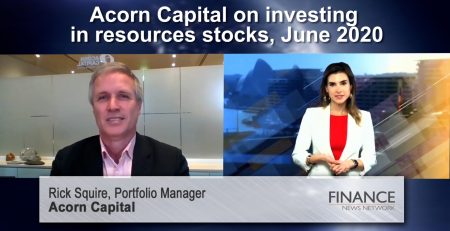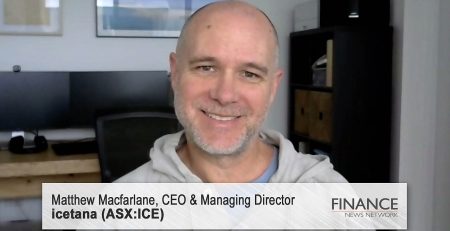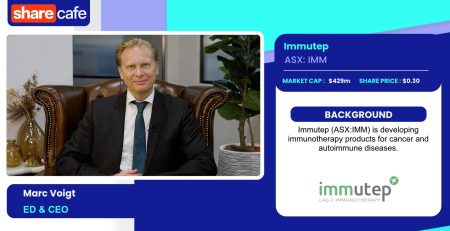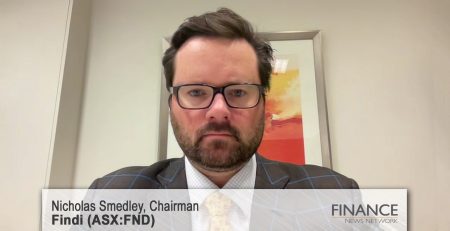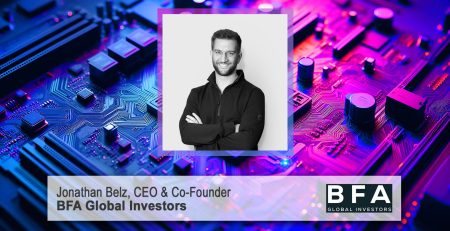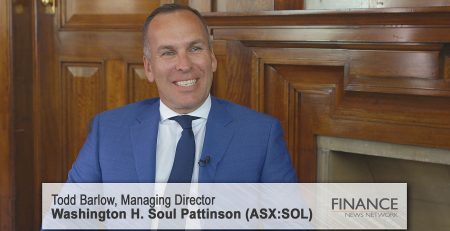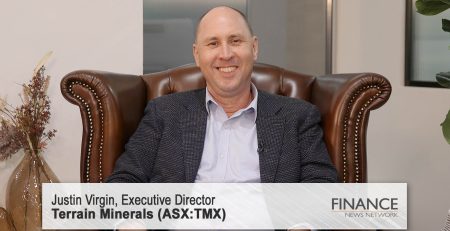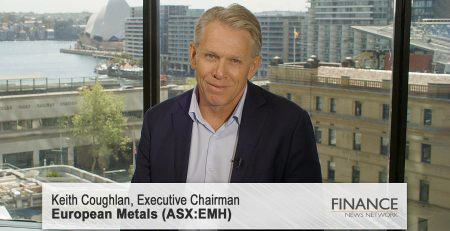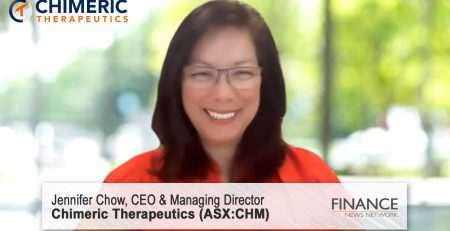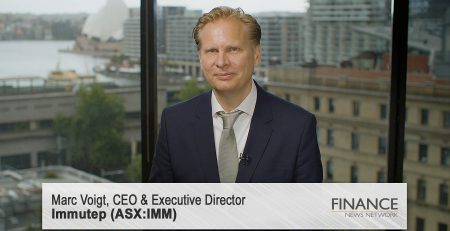Investing in the electrification supply chain
Magnis Energy Technologies Limited (ASX:MNS) Managing Director (US) Hoshi Daruwalla and Technical Advisory Committee members Dr Michael Osborne and Wade Guindy discuss progress, focusing on the company's lithium-ion battery manufacturing plant, iM3NY.
Paul Sanger: We're talking today with Magnis Energy Technologies (ASX:MNS). If you don't know the company, the ASX code is “MNS”, and it has a market cap of around $180m. Magnis is a vertically integrated lithium-ion battery technology and materials company with strategic assets and investments and partnerships in the electrification supply chain. The company's US-based subsidiary, iM3NY, operates a gigawatt-scale lithium-ion battery manufacturing project in Endicott, New York. We welcome back Hoshi Daruwalla, who is the company's US-based Manager Director. Welcome, Hoshi.
Hoshi Daruwalla: Hi, Paul. How are you? I trust you're well.
Paul Sanger: Very well indeed, my friend. Very well indeed.
Hoshi Daruwalla: Excellent, excellent. I hear Sydney is really cold. Well, the US, we are in the middle of 35 degrees centigrade here. Couldn't be more evidence for the need of renewable energy and energy storage.
Paul Sanger: Absolutely, and you're absolutely right. It's been very cold these last few days. A bit of a polar blast over Australia, so we're very jealous of your warm weather. Okay, so I've got a few questions today, Hoshi. You know, it's been a month or so since we last caught up. So, let’s start by maybe giving us an update on what’s been happening at Magnis since we last spoke about a month ago.
Hoshi Daruwalla: Sure, sure. So, Paul, yes, it has been a month. With the speed of things moving here, it seems like it's been a long time since we last spoke, but I looked up my notes too, and yes, it was 20 June. Today, I've taken the liberty of inviting to this call two of our team members who… We have an internal team called the Technical Advisory Committee, the TAC committee. And Dr Mike Osborne and Mr Wade Guindy, you'll hear from them as they introduce themselves shortly. You know, it's inspiring, when we have our internal meetings, between Dr Mike, Wade, and the attendees, that most times, we are close to if not more than 100 years of lithium-ion battery real-world manufacturing experience in that particular meeting. So, given that, Dr Mike and Wade, can you quickly and briefly introduce yourselves, please?
Dr Michael Osborne: Yes, thank you, Hoshi. I'm happy to be here. My background in the battery world is in lithium manganese spinel, where I worked in the technical side, in the commercialisation of those cathode materials. My broader background is in research and development, technical support for production and sales, consulting and executive management. I've been working at this for over 50 years.
Hoshi Daruwalla: Thank you, Dr Mike. Wade.
Wade Guindy: Thank you Hoshi, Paul. And thank you for having us. I started my career in the battery business 31 years ago. We were the pioneers of producing lithium-ion batteries. And, prior to that, I've worked in electronic defence. In the battery industry, I held executive positions in operations and technology over 31 years now. Scaled up several battery technologies, so my expertise is really in scale up and commercialisation.
Paul Sanger: Thank you. Well, I've got, obviously, some questions. In our last interview, you talked, Hoshi, in depth about iM3NY battery plant receiving UN 38.3 certification. A question that's been widely debated across social media channels post that news is why the test 7 was not required. Can you talk about this?
Hoshi Daruwalla: Well, Paul, if it's on social media, it's got to be true. So, more seriously, the UN 38.3 test for the production samples we last spoke about has been reported as complete. We have the official certification from the testing authority. Everything's fine. I can appreciate the question around T7, because it's a technical question. Wade, would you like to take that question?
Wade Guindy: Sure. T7, it's an overcharge for a secondary battery, we all know that. Our product is not sold as an individual cell. If you were selling an individual cell used by itself, then you require an overcharge circuitry protection. But since it's part of a system or module, there is no requirement for that test for individual cells. For example, the Apple battery, it's a single cell, but it operates a device. Our cells, it's part of a system. The entire system would require, but not the single cell.
Hoshi Daruwalla: Thank you, Wade. Paul, if Wade and Dr Mike are giving you those comments, let me tell you, they're very humble, but some of the experience here goes back very deep and very long, and I would treat that as credible. Also, you know, the testing has been done at an entity that is 140 years in testing. Of course, not 140 years for all lithium-ion batteries, and they're a global company. We test to what we are being asked to test to. We don't specify what we want to test to. So, that's how it is.
Paul Sanger: I hear you loud and clear. Thanks, guys. And let's move on. Can you give us an update on what is currently happening at iM3NY, and, in particular, the anode active material project, and let's talk around the plan on bringing production forward and the pathway to revenue.
Hoshi Daruwalla: Sure, sure. Dr Mike, can you take that?
Dr Michael Osborne: Sure. I'll address the iM3NY production process. They're moving along the traditional path of having to go from a low-rate commercial production sample rate to a targeted high-rate commercial production rate. So, you have to make those samples first for your customers to validate the sales, and that's where we're at.
Paul Sanger: And, Hoshi, the graphite price has fallen significantly this year. What do you see as the key drivers of this weakness, and how is the price weakness affecting anode pricing?
Hoshi Daruwalla: Paul, you're throwing me a curve ball. Prices of commodities and materials fluctuate all the time, Paul, and various reasons for that. Frankly, the pricing does what it does, and sometimes it's things in our control, sometimes it's macroeconomic and all these geopolitical issues. How is China coming along? How is Korea coming? All of that stuff. What we do have control over is five fundamental things that would make or break any cell manufacturing graphite or such kind of high businesses. That is, what I call as technology. Operations, manufacturing and supply chain. That’s number two. Number three is sales agreements. Number four is funding. Number five is experienced human resources.
So, let's talk through a little bit about each of them.
Technology, as you know, has to be suitable for high-volume production. It has to make product the right way, at high volume, at the correct yield. We touched on that last time.
Operations, supply chain, manufacturing, you know, the key Magnis value driver is the vertically integrated supply chain. Having a high density, high purity, easy-to-mine and process graphite, which then flows into a large-format cell manufacturing, such as IM3, is a significant graphite synergy. No company in the world has that.
Sales agreements, I think we've covered that in past discussions. If we need to discuss more, we can.
Funding is a critical area. I think it's common knowledge now, we've put it out there. IM3 is working through the application for the $700m in US DOE financing. As you know, next year is election year, so we anticipate a lot of movement around things. You know, IM3 is in a very unique spot. As you know, it's taken the old IBM facility, which is being repurposed for IM3 battery manufacturing. There's not that many US homegrown battery entities, cell manufacturing entities. So, I don't want to say things that are not in my control, but I would suspect, if you join the dots, that $700m in US DOE financing looks pretty good based on the feedback that we have received. It's a matter of time when our application comes up and all the due diligence is completed, which goes through the process, and we really don't want to touch that. That's something that the US government does, and all we can do is support with the questions.
The last one, number five… You know, the critical area which folks on this call, Wade, Dr Mike… I mean, these are areas where, now the phase that we are in, we are going to high-volume manufacturing, we need experienced technical team members, and a couple of those are on today's call.
So, we believe we've covered the five critical areas of what is required to be in the cell manufacturing and graphite business fairly well, and that's what we have control over. You know, once you have the right team, Paul, if our pricing agreements are not exactly how we need them to be, those are some of the things that we are working through, and adjusting them, making sure that we get the results that we want out of these agreements.
Paul Sanger: And just a quick question there, Hoshi. With regards to the application for that DOE loan, we know it takes… Obviously, it takes time to come to fruition. Can you just remind us when you first put that application in, and is there any precedence, other loans that have been given, a sort of timeframe? Is it 6, 9, 12 months? Is there any evidence out there? To just give investors a better idea?
Hoshi Daruwalla: Sure, sure, Paul. Thank you for that question. And, again, you're asking a question which we don't have control over, but I can give you indicators of what we know. It takes about six months plus for a due diligence review, from when the due diligence is initiated. We are being informed that we are going to due diligence fairly soon, and so the timeline of that… Now, that's a normal year, right. I mean, being an election year next year, it may be shorter, it may be longer. But we are anticipating, in the next couple of quarters, this should move along to a point where… we are at a point where the $700m has gone through the process, we have that, and then we are at the point where we bring in the right equity partners in support of the $700m because it's a match financing. You have to match that with the funds that you raised.
Paul Sanger: Now, gentlemen, it's been an absolute pleasure speaking with all of you to today. And, again, many thanks for taking the time. As I said last time, clearly a lot going on at Magnis. And, look, we really look forward to speaking with all of you again in the near future. So thanks, gentlemen, and the best of luck for the next few months.
Hoshi Daruwalla: Thank you, Paul, and thanks for the opportunity. And, as always, thanks to our Magnis shareholders. We really appreciate that, and you're top of mind. Thank you.
Dr Michael Osborne: Thank you.
Wade Guindy: Thank you, Paul. Thank you.
Ends
Copyright 2023 – Finance News Network
Source: Finance News Network

